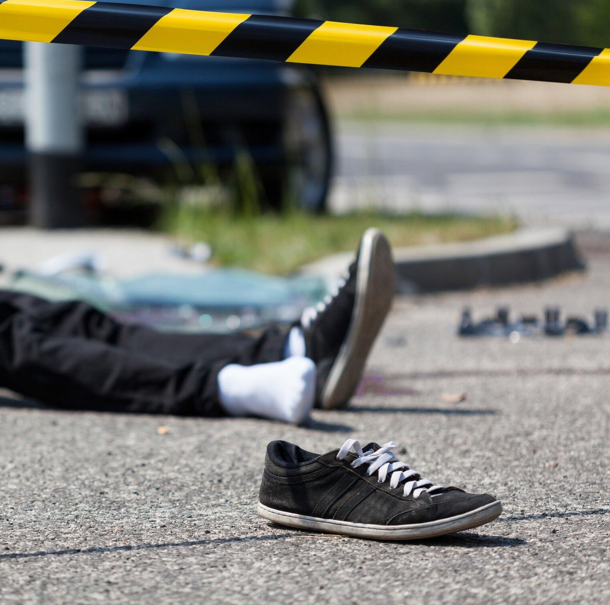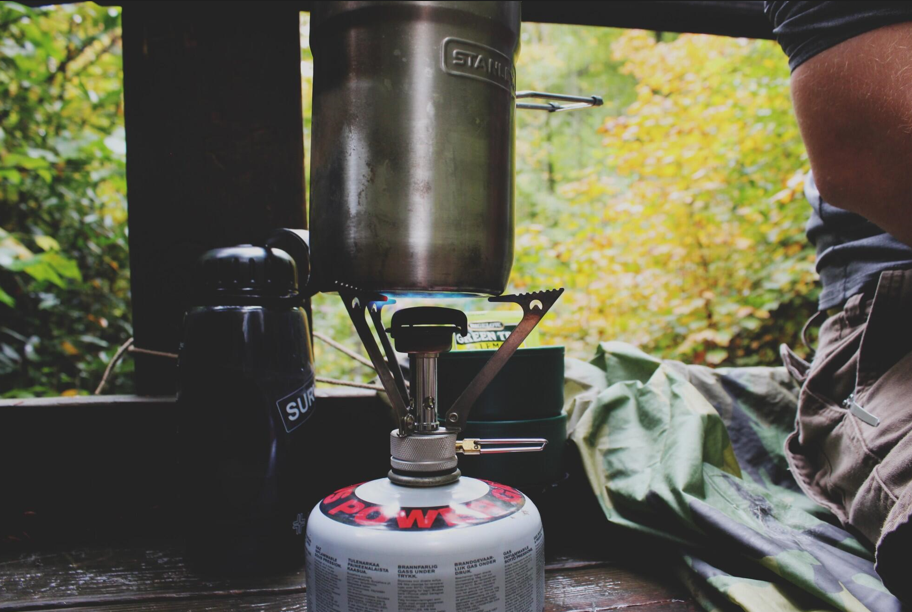Are you sure your workplace is using the right fall protection equipment?
Falls are one of the leading causes of injury on job sites, but many accidents can be avoided with the proper gear. From harnesses to guardrails, knowing the right tools can save lives.
Keep reading to learn about the different types of fall protection equipment and how they help keep workers safe-your next safety upgrade could start here!
Fall Protection Basics
Falls are a major safety concern in many industries, especially construction and maintenance. Fall protection equipment helps prevent injuries by reducing the risk of falling from heights. This equipment includes items like harnesses, lifelines, and guardrails. Each type plays a key role in keeping workers safe on the job.
Understanding when and how to use this equipment is important. Employers must assess the work environment and provide the right gear for the task. Workers also need proper training to use the equipment correctly. With the right knowledge and tools, many fall-related accidents can be avoided.
Types of Fall Hazards
Fall hazards can happen in many work areas, especially where workers operate at heights. Common risks include unprotected edges, unstable surfaces, and ladder use. Holes in floors or roofs can also lead to dangerous falls. Identifying these risks early helps in choosing the right safety equipment.
Different jobs have different types of fall risks. For example, working on scaffolding needs different protection than working on a roof. Some situations may require guardrails, while others need harnesses and lifelines. Matching the hazard with the correct equipment is key to worker safety.
Personal Fall Arrest Systems
These systems are used when other fall prevention methods are not enough. They stop a fall in progress and reduce the force on the body. A typical setup includes a harness, a lanyard or lifeline, and an anchor point. All parts must work together to protect the worker.
They are commonly used in roofing, tower work, and construction. The harness fits snugly to the body to keep the worker upright during a fall. The lifeline or lanyard connects the harness to a secure anchor. This system can save lives when used and inspected properly.
Harnesses Overview
A harness is the main part of many fall protection systems. It is worn on the body and helps spread the force during a fall. Most harnesses have straps around the shoulders, chest, and legs. They must fit properly to work correctly.
There are different types for different jobs, like climbing or roofing. Some harnesses include padding for extra comfort. Others come with tool belts or attachment points for gear. Choosing the right type depends on the task and work environment.
Lanyards and Connectors
Lanyards and connectors link the harness to an anchor point. They help control the fall distance and absorb shock. Some lanyards are fixed length, while others can stretch or retract. Connectors like hooks or carabiners must be strong and secure.
There are different lanyards for different jobs, such as shock-absorbing or self-retracting types. The right choice depends on the height and type of work. Always check for wear, damage, or broken parts before use. Safe connections can make a big difference in preventing injuries.
Self-Retracting Lifelines
These lifelines automatically extend and retract as the worker moves. If a fall happens, they lock quickly to stop the fall. They help reduce fall distance and lower impact on the body. Many workers prefer them for ease of use and added safety.
They are useful in jobs that require frequent movement. Common places include warehouses, towers, and roofs. It is important to attach them to a proper anchor point. Regular inspection keeps them working correctly and safely.
Anchor Systems
Anchor systems are secure points where fall protection gear is attached. They must be strong enough to hold the force of a fall. Anchors can be fixed or temporary, depending on the job. Each one needs to be placed carefully to ensure safety.
These systems are used on roofs, walls, and steel structures. Choosing the right anchor depends on the surface and type of work. Always follow the manufacturer’s instructions when installing anchors. A reliable anchor system is key to preventing serious injuries.
Guardrail Systems
These systems create a physical barrier to stop people from falling. They are usually placed around edges, walkways, or openings. Guardrails are made up of top rails, midrails, and toe boards. They are often used in construction and maintenance work.
This type of protection does not need workers to wear special gear. It works best as a passive safety method. Guardrails must be strong and set at the right height. When installed properly, they help prevent falls before they happen.
Safety Net Systems
These systems catch workers if they fall from heights. They are placed below work areas to reduce injury from a fall. Safety nets are strong and flexible, made from durable materials. They must be securely attached to hold the weight of a falling person.
They are often used in bridge work, high-rise projects, and steel construction. Safety nets allow freedom of movement without wearing a harness. However, they still require proper setup and regular checks. In some jobs, they work alongside personal protective equipment for rigging to provide full safety coverage.
Selecting the Right Gear
Choosing the correct equipment depends on the job and work environment. Some tasks may need a full-body harness and lanyard, while others may only need a guardrail. The height, surface type, and work activity all affect the choice.
Employers should assess all fall hazards before assigning equipment. Workers must also be trained to use the gear properly. It’s important to check the labels and instructions for each product. The right choice helps ensure safety and prevents accidents.
Inspection and Care
All fall protection gear must be checked before each use. Look for signs of wear, damage, or broken parts. Even small tears or rust can make equipment unsafe. If anything looks damaged, it should be replaced right away.
Keep equipment clean and dry when not in use. Avoid leaving it in direct sunlight or harsh weather. Regular care keeps the gear safe and ready to use.
Learn About Different Types of Fall Protection Equipment
Understanding the different types of fall protection equipment can help save lives. Each tool, from harnesses to guardrails, plays a key role in keeping workers safe. Choosing the right gear and using it correctly makes a big difference.
Did you enjoy reading this article? If so, then be sure to check out the rest of our blog for more!











